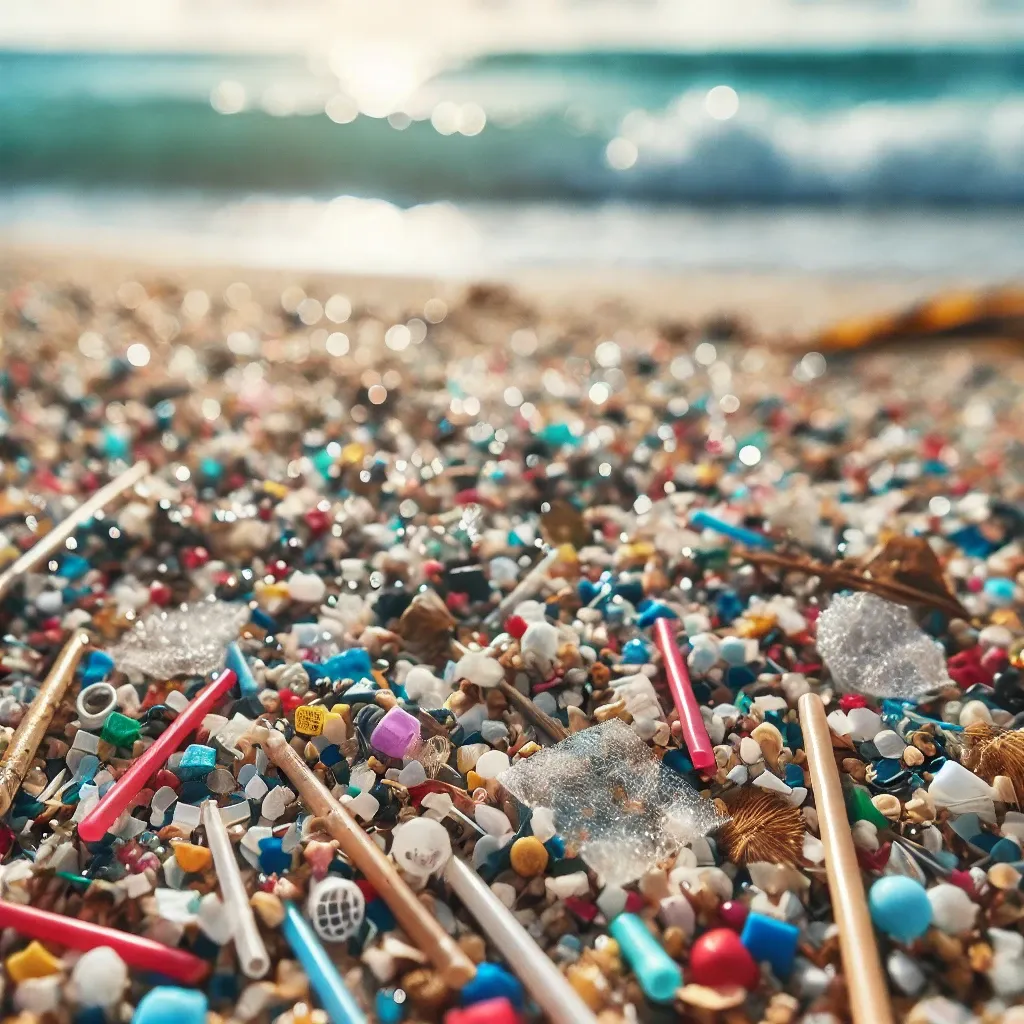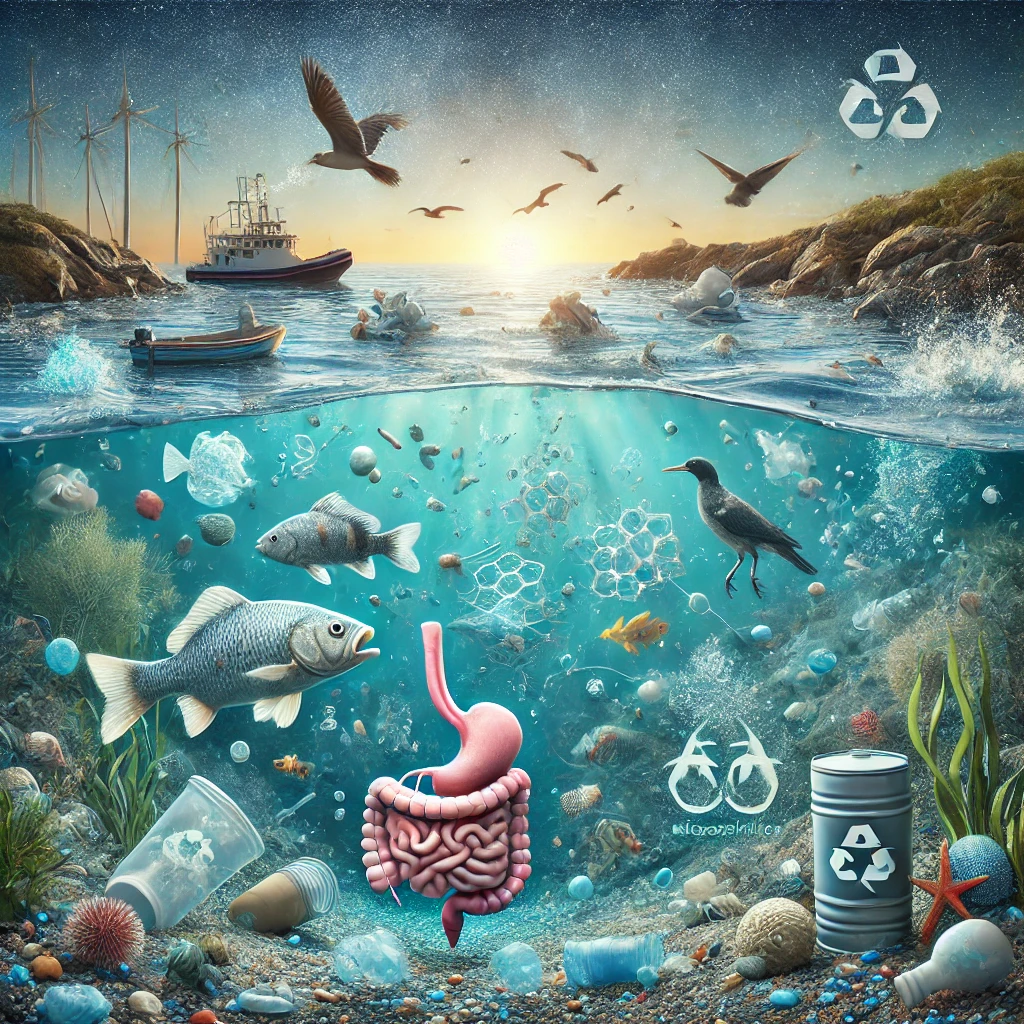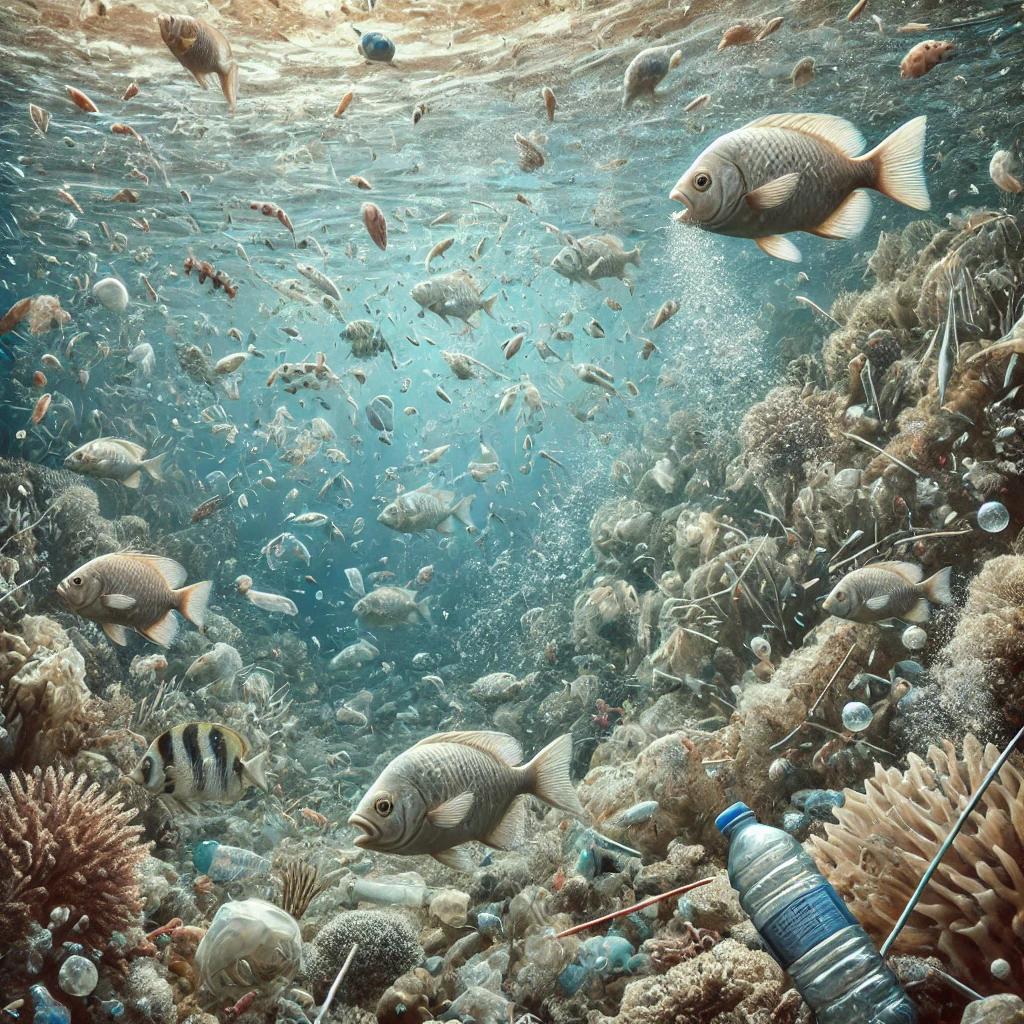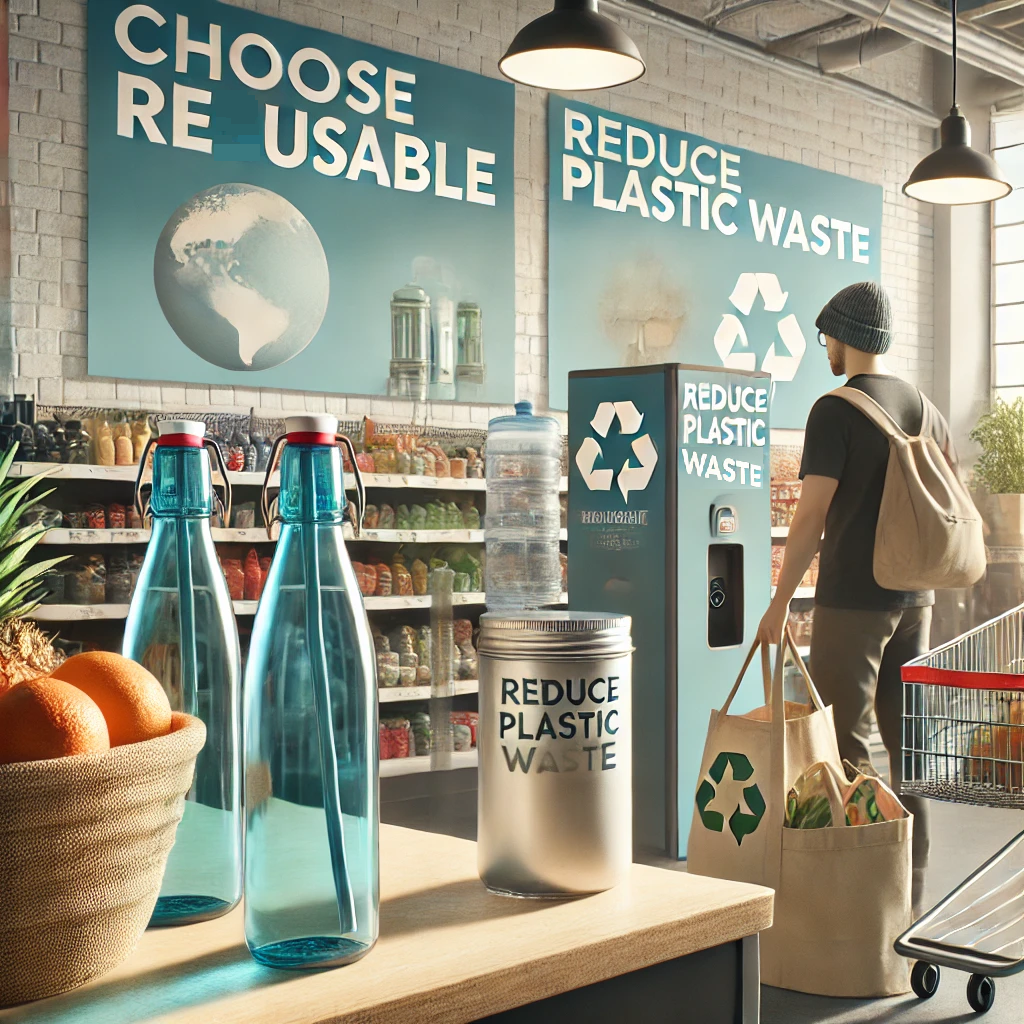Microplastics (All Articles)

What are the primary sources of microplastics?
Microplastics, from sources like synthetic textiles, tire wear, and personal care products, significantly pollute our environment, with washing synthetic clothes releasing up to 700,000 fibers per wash. Understanding these sources helps us target efforts to reduce pollution. How can we mitigate the impact of microplastics and protect our planet? Read the full article to find out more.
CLICK HERE!
How harmful are microplastics to humans?
Microplastics, tiny plastic fragments from larger debris, have infiltrated our oceans, water, and air. Studies show they are present in food and water, potentially impacting human health and ecosystems. Microplastics can cause cell damage, inflammation, and environmental pollution, with ongoing research into their long-term effects on human health. Reducing plastic pollution is crucial to mitigate these risks. Click to read the full article!
CLICK HERE!
What causes plastic waste?
CLICK HERE!
What is the Impact of Microplastics on Aquatic Life?
CLICK HERE!
How do we reduce plastic waste?
CLICK HERE!
How is hydrogen used in shipping?
Hydrogen is revolutionizing shipping by offering a clean alternative to traditional fuels like diesel. Hydrogen-powered fuel cells cut carbon emissions by up to 100%, with compressed hydrogen suitable for short routes and liquid hydrogen ideal for long-haul shipping. Though costs remain a challenge, innovations and scaling could lower prices by 40% by 2030, paving the way for zero-emission shipping and a sustainable future. Learn more about hydrogen's impact here!
CLICK HERE!